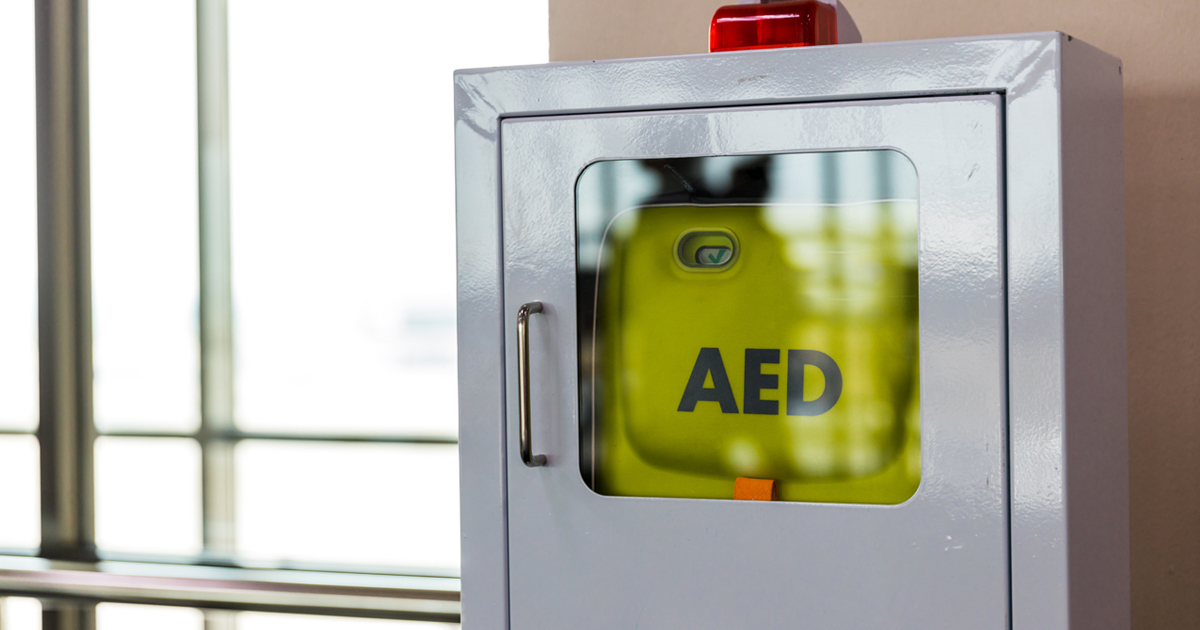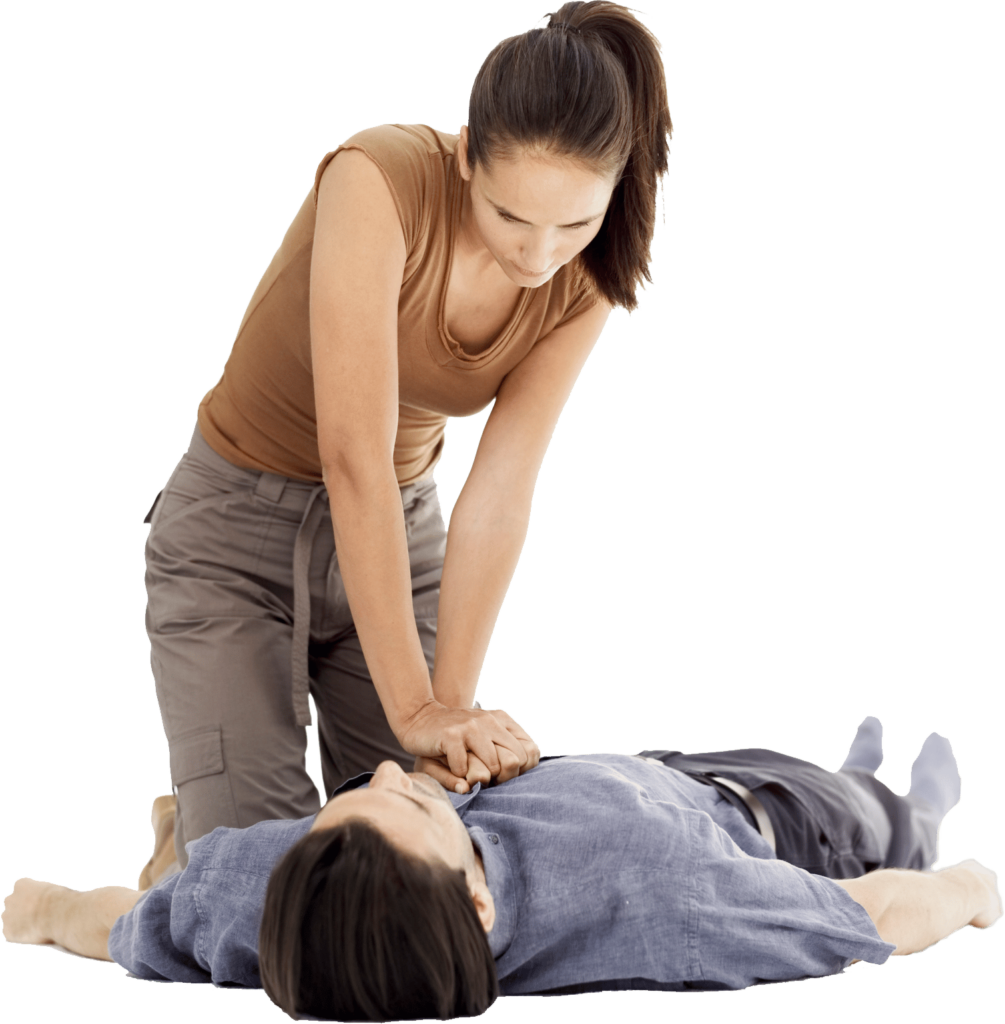

Choosing the best Automated External Defibrillator (AED) is a critical decision that can have life-saving ramifications. For individuals and organizations in Dallas, Texas, including those enrolled in CPR courses at Rapid CPR Dallas, understanding the key features and differences between various AED models is essential. This task involves more than just recognizing brand names; it requires a deep dive into the specifications, ease of use, maintenance needs, and compliance with health guidelines.
Whether you’re a business owner, a healthcare provider, or simply someone interested in emergency preparedness, selecting an appropriate AED enhances your ability to respond effectively during cardiac emergencies. This article will guide you through the process of identifying the best AED that matches your environment, ensuring you’re equipped to provide lifesaving interventions when seconds count.
Before diving into the vast market of Automated External Defibrillators (AEDs), it’s crucial to assess the specific needs of your environment. Factors such as where the AED will be used (public spaces, workplaces, homes, or schools), who will use it (professionals or laypersons), and the typical flow of people in the area must be considered.
For instance, an AED intended for use in a busy airport will have different requirements compared to one meant for a private residence. AEDs for professional use often include more advanced features, which may be essential in environments like hospitals or sports facilities, whereas simpler models may be sufficient for homes or small offices.
When selecting an AED, ease of use is paramount. During an emergency, even individuals without medical training should be able to operate the device. Look for AEDs with clear, simple instructions and possibly integrated visual or audio guides that assist the rescuer through the process. Models that offer step-by-step voice commands can significantly reduce the stress and uncertainty during resuscitation attempts.
Accessibility is another critical component. The AED should be readily accessible and located in an area where it can be quickly reached during an emergency. Consider factors like mounting kits or cabinets that make the AED more visible and accessible while offering some protection from environmental elements or potential tampering.
AED technology varies widely among different models. Some key technical aspects to consider include:
Shock Delivery: Most AEDs are semi-automatic, meaning the device will diagnose the heart rhythm and, if necessary, prompt the user to press a button to deliver the shock. Fully automatic AEDs can administer the shock without user intervention, which can be crucial in situations where the rescuer is hesitant or unable to act.
Battery Life and Maintenance: Check the lifespan of the battery and the specific maintenance requirements. Some AED batteries can last up to five years, whereas others might need more frequent replacement or charging. Understand the maintenance alerts the device can provide, such as battery levels or operational status, to ensure functionality is maintained.
Pediatric Capability: If the AED is to be used in an environment frequented by children, such as schools or pediatric offices, ensure that it is either equipped with pediatric pads or has a pediatric mode. This feature adjusts the energy levels of defibrillation making it safer to use on children.
Data Recording and Transfer: Some advanced AED models can record the details of the event, such as the time the device was used and the heart rhythm data leading up to, during, and after defibrillation. This data can be critical for medical professionals post-rescue for further treatment and analysis.
When choosing an AED, compliance with local regulations is a must. Check that any AED you consider is approved or cleared by the relevant health oversight bodies in your region, such as the FDA in the United States. Furthermore, consider how well the AED integrates with local emergency medical services (EMS) systems. Some advanced AED models feature connectivity that allows them to communicate with local EMS, providing them with real-time data critical during an emergency response.
Moreover, it’s beneficial to select an AED that comes with training support. Many manufacturers and suppliers offer comprehensive training programs that can be invaluable in ensuring that potential users are comfortable and prepared to use the device. Remember, an AED is as effective as the person operating it, so proper training cannot be overstated.
Finally, the warranty and the support offered by the manufacturer are important considerations. Look for AEDs that come with a substantial warranty period, indicating the manufacturer’s confidence in its product’s reliability and durability. Additionally, consider the type of after-sales support provided. This can range from regular maintenance checks to 24/7 customer support lines, and access to quick replacements of parts like batteries and electrode pads.
Selecting the right AED involves careful consideration of your specific needs, ensuring ease of use, and confirming compliance with local health standards. Assessing the technical specifications, understanding the level of support available, and ensuring robust after-sales service are all pivotal steps in choosing an AED that will reliably serve its lifesaving purpose. By meticulously evaluating these factors, you can make an informed decision that enhances the safety and preparedness of your environment, whether it’s a home, office, school, or public area.
Choosing the right Automated External Defibrillator (AED) is a vital step in fortifying your environment against unforeseen emergencies. Taking the time to meticulously examine, compare, and select an AED that meets your specific needs and complies with local regulations will ensure you are well-equipped to handle life-threatening situations with confidence. At Rapid CPR Dallas, we strongly advocate for not only selecting the best AED but also for ongoing training and familiarization with its use.
Empower your community, workplace, or home with the life-saving capabilities of a well-chosen AED combined with expert CPR training. Explore our courses at Rapid CPR Dallas and elevate your readiness to respond effectively to emergencies. Join us today in our mission to save lives through AED training in Dallas—one heart at a time.

